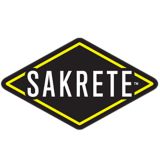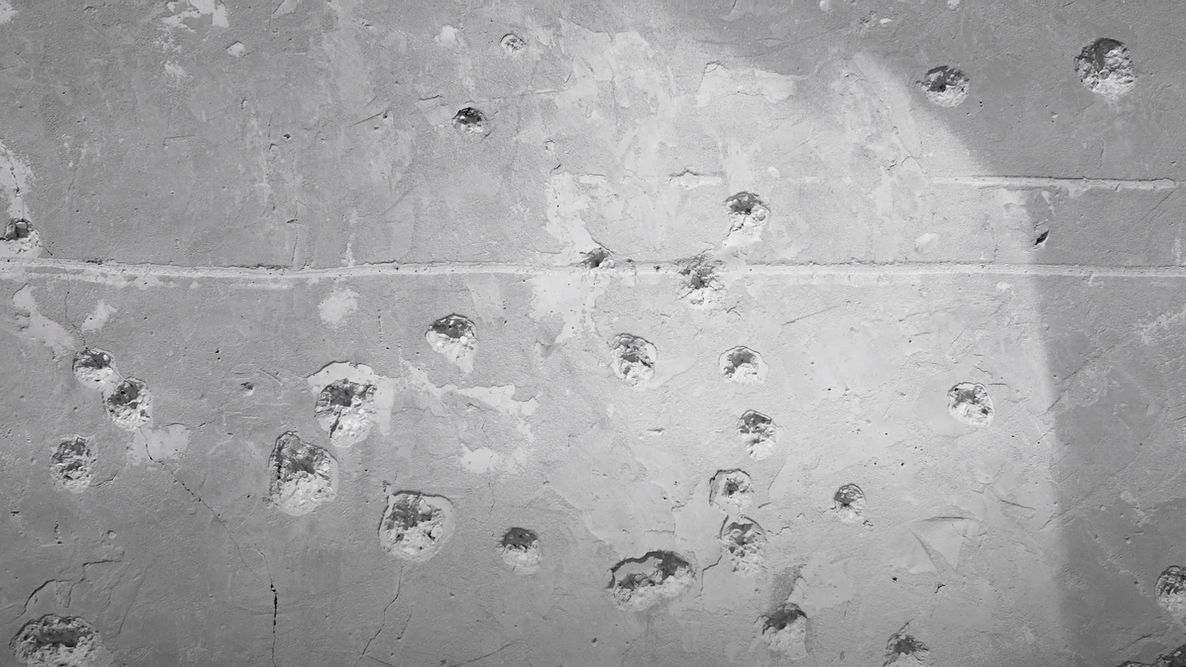Concrete is marvelous stuff but in time it will deteriorate. When it does, you either have to patch it or replace it. Assuming that it is structurally sound, the least expensive alternative is to patch it. However, patching it requires some attention to detail or your patch will not last.
Concrete Patching: How to Bond to Existing Concrete Best Results
Do you remember elementary school where one of the subjects on which you were graded was “plays well with others”? Concrete would have gotten an F. There is nothing in basic portland cement that will act as a bonding agent. Portland cement concrete works well in mass and provides great compressive strength but not bond.
FACT: Fresh wet concrete does not normally nond well to existing dry concrete.
When patching existing concrete, here’s how to achieve a strong and lasting bond between the new and old concrete.
1. Repair or replace? Determine if the concrete is structurally sound
If a sidewalk has either heaved or dropped at almost every joint, repairing it will not provide a long-term solution. The slabs are likely still moving. If the slab has so much sand and gravel on the surface that despite sweeping and sweeping and squirting and squirting it just keeps coming back, don’t waste your time on repairs. If it has multiple cracks that run so deep that they appear to run through the slab, a repair would only be temporary. The solution to all of these problems involves a jackhammer and several bags of Sakrete concrete mix. Since this discussion is about best way to bond concrete, we will assume that your slab is good.
2. Prepare the surface
There are a variety of Sakrete concrete repair products available to fix concrete that has begun to deteriorate. No matter which product you use, the process begins with good surface preparation. All loose sand, gravel, dirt, leaves etc. must be removed. This can typically be done with a garden hose and a good nozzle. Tough areas may require a pressure washer or mechanical abrasion. The two toughest areas to cover are those with oil and tree sap. Both of these will work their way down into the concrete. Simply washing the surface isn’t sufficient. If the stains do not run too deep, you can chip away the concrete using a hammer and chisel. Don’t forget the goggles (not just glasses) as this process will throw concrete all over the place.
NOTE: Concrete simply will not bond to all substances. Paint, oil, glue from old flooring tiles are just a few. You must mechanically remove these materials if you want the job to last.
3. Choose a bonding method
There are two basic methods for bonding a portland cement-based product to existing concrete: 1) mechanically and 2) chemically.
1 - Mechanical bonding: Let’s discuss the mechanical method first since it is really used in both approaches. The most effective way to ensure a really good bond is with a scratch coat. This is simply a very wet coat made up by mixing the repair product with water. Mix up a small amount of the repair material to a soupy consistency. You don’t need to measure the water—just turn the stuff into slop. Then, using a gloved hand or a rag, smear the material onto the area to be patched. Just think finger painting from kindergarten. The technique is about the same. Apply pressure to ensure that as much as possible is shoved into the nooks and crannies. You only need a thin coat. It is not necessary for this scratch coat to dry. By the time you get the repair material mixed it will be ready. Then mix up additional repair material to the proper consistency and apply over this thin scratch coat.
2 - Chemical bonding: The chemical approach involves mixing up a liquid bonding agent that helps bond new concrete products to old. Make sure to use concrete products that are compatible with a liquid bonding agent.
Products like Sakrete Sand Mix and Sakrete Fast Set Cement work well with a liquid chemical bonding agent.
IMPORTANT: Do not use products like Sakrete Top’n bond and Sakrete Flo-coat with a liquid bonding agent. These products already contain polymers to aid bonding with Portland cement and should never be used with a separate liquid bonding agent.
When using a liquid bonding agent, paint the bonder onto the existing concrete and allow it to dry until it is tacky. This usually takes only a few minutes. Then apply the repair material. After the bonder has become tacky, apply a scratch coat as described above and then apply the repair material. The most effective way to ensure that the bonding agent gets into the existing concrete is to apply it directly using a brush or rag. It can be sprayed if you happen to have a sprayer. Although the directions say that you can use it as part of the mix water, direct application works better.
4. Wet the surface (if necessary)
If you are doing a large area and a scratch coat isn’t practical, you will need to spray the surface with water before you apply the repair material. On a warm day, the existing concrete surface will be hot enough to suck the water out of the repair material. In addition, some concretes are quite porous and will rob water from your repair material. If too much water is lost into the old concrete, there will not be enough water to hydrate all of the cement particles and a lower strength material will be the result.
5. Check your work
Once the job is complete, you can do a quick check to see if the bond was successful. Wait at least 24 hours and then tap “gently” on the patch using a hammer or some other dull object and listen for a hollow echoing sound. If you just get a dull thud, then the material has bonded well. If you get a hollow sound, the material has not bonded and will crack in time. Which means it is back to the beginning of today’s topic. Here is hoping your concrete work comes across as a dull thud rather than a hollow endeavor!


